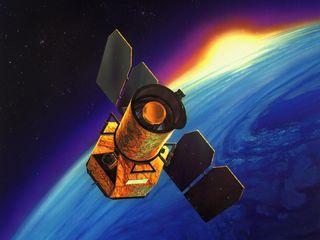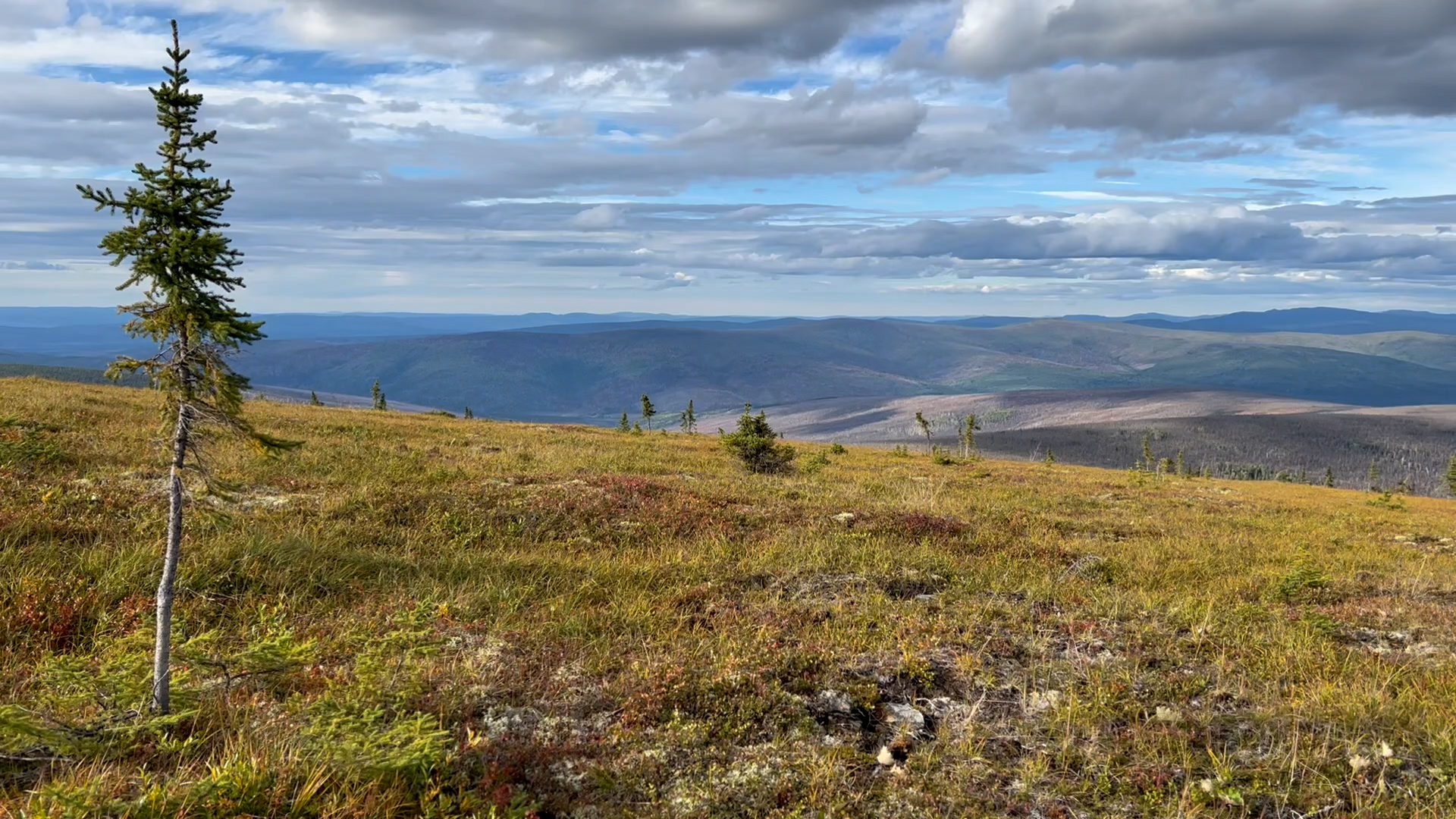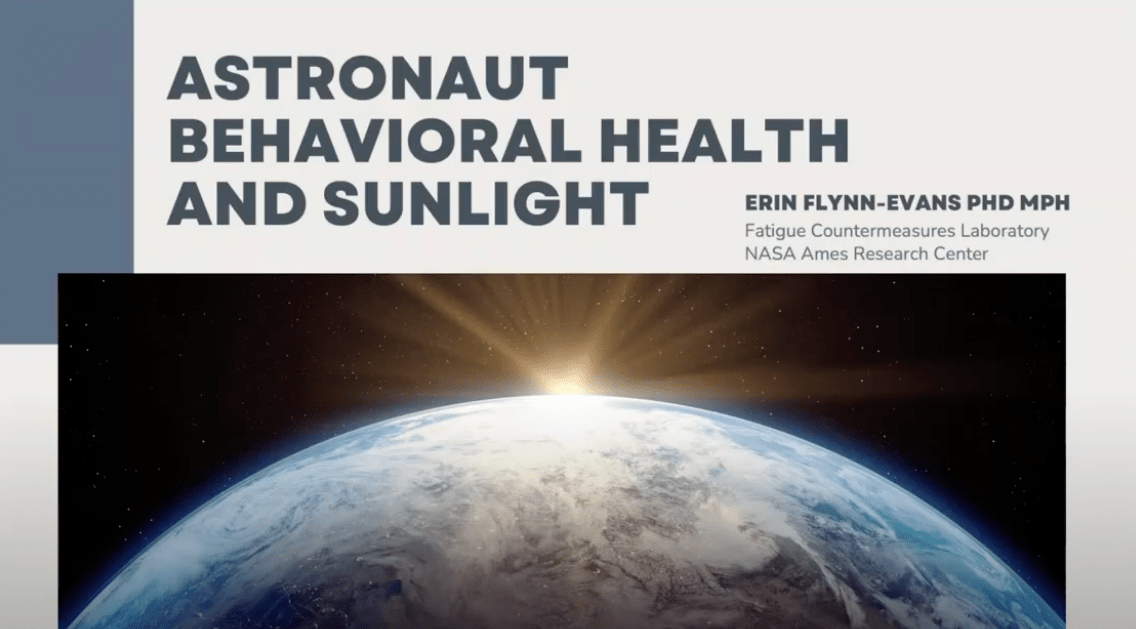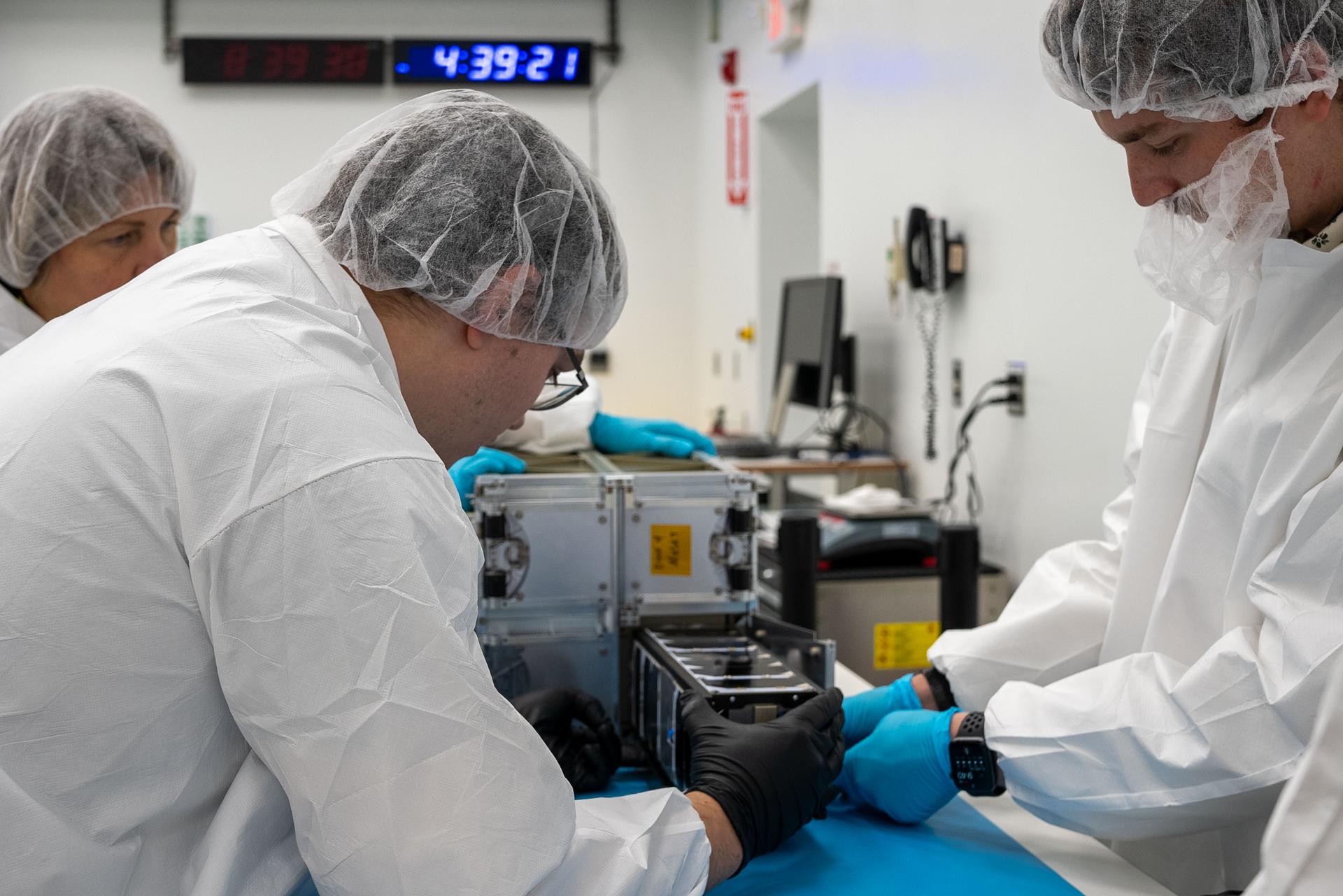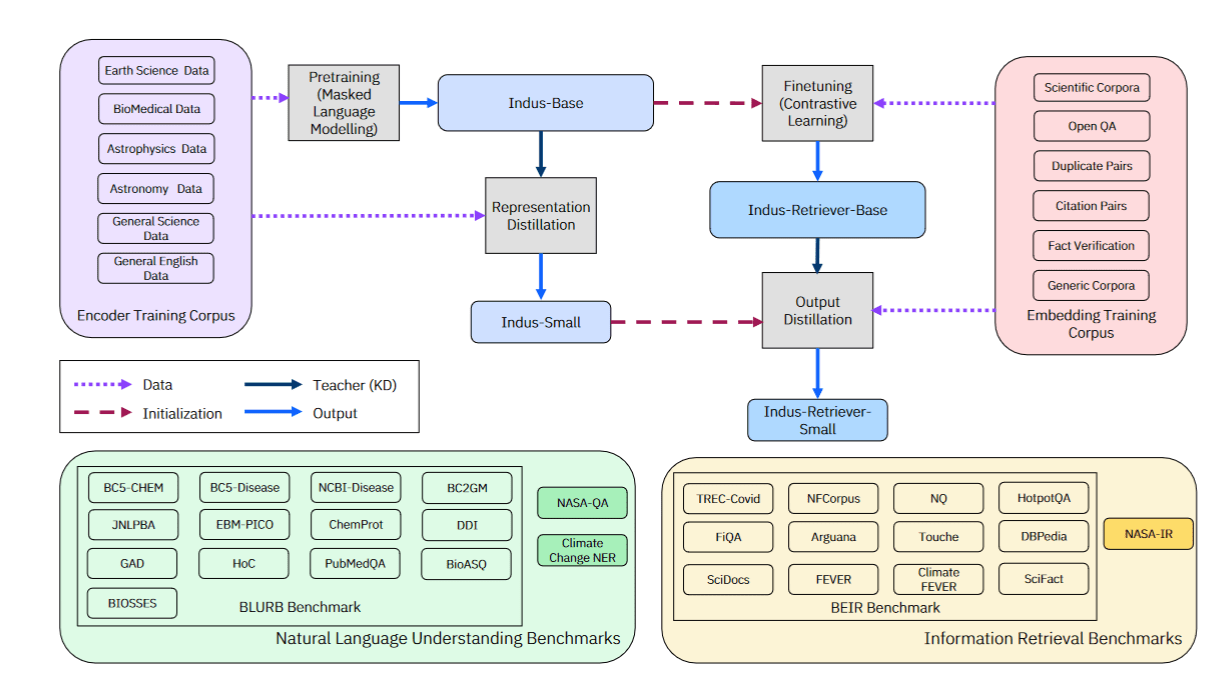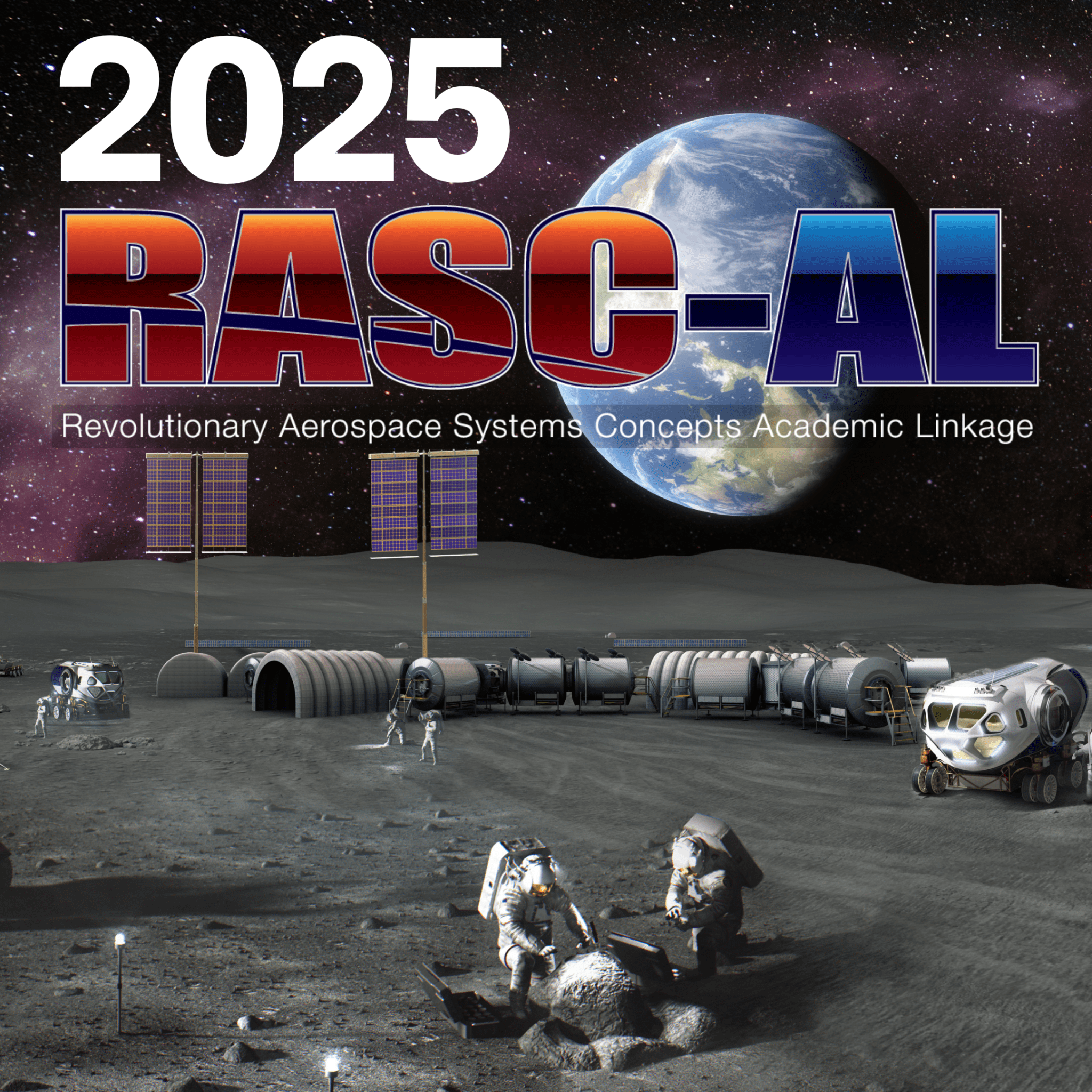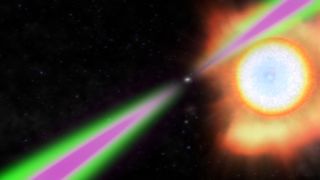The International Space Station was pictured flying 263 miles above the Marshall Islands in the Pacific Ocean. Credit: NASA NASA will host a media teleconference at 12:30 p.m. EDT, Wednesday, Aug. 7, to discuss ongoing International Space Station operations, including the agency’s Boeing Crew Flight Test and NASA’s SpaceX Crew-9 mission. Audio of the briefing will stream live on NASA’s website. Agency participants include: Ken Bowersox, associate administrator, Space Operations Mission Directorate Steve Stich, manager, Commercial Crew Program Dana Weigel, manager, International Space Station Program To ask questions during…
Read MoreMonth: August 2024
Planets of Milky Way’s most common stars are less habitable than thought, dead NASA telescope reveals
The most common stars in the Milky Way may be even less friendly to life than previously suspected. New research suggests that red dwarf stars, stellar bodies smaller and less massive than the sun, may blast their planets with intense ultraviolet (UV) light radiation flares that severely reduce their potential habitability. A team of scientists reached this conclusion by analyzing data collected by the now-decommissioned NASA mission Galaxy Evolution Explorer (GALEX). Launched in April 2003, GALEX scanned the universe in UV light, hunting for flares from around 300,000 nearby stars…
Read MoreTundra Vegetation to Grow Taller, Greener Through 2100, NASA Study Finds
4 min read Preparations for Next Moonwalk Simulations Underway (and Underwater) Warming global climate is changing the vegetation structure of forests in the far north. It’s a trend that will continue at least through the end of this century, according to NASA researchers. The change in forest structure could absorb more of the greenhouse gas carbon dioxide (CO2) from the atmosphere, or increase permafrost thawing, resulting in the release of ancient carbon. Millions of data points from the Ice, Cloud, and land Elevation Satellite 2 (ICESat-2) and Landsat missions helped…
Read MoreCollegiate Teams to Focus on Aviation Solutions for Agriculture in 2025 Gateways to Blue Skies Competition
4 min read Preparations for Next Moonwalk Simulations Underway (and Underwater) Students attending the 2024 Blue Skies Competition Forum toured NASA’s Ames Research Center in California. NASA In the 2025 Gateways to Blue Skies Competition, the theme is AgAir: Aviation Solutions for Agriculture. NASA asks collegiate teams to investigate either new or improved aviation capabilities that could assist the agriculture industry by improving production, efficiency, environmental impact and extreme weather/climate resilience. The agriculture industry plays a vital role in providing food, fuel, and fiber for the global population. However, it…
Read MoreCelebrate Heliophysics Big Year: Free Monthly Webinars on the Sun Touches Everything
Learn Home Celebrate Heliophysics Big… Heliophysics Overview Learning Resources Science Activation Teams SME Map Opportunities More Science Stories Science Activation Highlights Citizen Science 2 min read Celebrate Heliophysics Big Year: Free Monthly Webinars on the Sun Touches Everything Once a month (usually on the first Tuesday), the Heliophysics Education Community meets online to share knowledge and opportunities. During the Heliophysics Big Year (HBY) – a global celebration of the Sun’s influence on Earth and the entire solar system, beginning with the Annular Solar Eclipse on October 14, 2023, continuing…
Read MoreNASA Seeks Student Missions to Send to Space in 2026, Beyond
Technicians with the University of Kansas prepare their KUbeSat-1 for integration at Firefly’s Payload Processing Facility at Vandenberg Space Force Base, California on Thursday, April 25, 2024. Credit: NASA NASA announced a new round of opportunities for CubeSat, developers to build spacecrafts on that will fly on upcoming launches through the agency’s CSLI (CubeSat Launch Initiative). CubeSats are a class of small spacecraft called nanosatellites. The initiative provides space access to U.S. educational institutions, certain non-profit organizations, and informal educational institutions such as museums and science centers, as well as NASA centers focused on workforce development,…
Read MoreNASA and IBM Collaborate to Develop INDUS Large Language Models for Advanced Science Research
A collaboration between IMPACT and IBM has produced INDUS, a comprehensive suite of large language models (LLMs) tailored for the domains of Earth science, biological and physical sciences, heliophysics, planetary sciences, and astrophysics and trained using curated scientific corpora drawn from diverse data sources. Kaylin Bugbee (ST11), team lead of NASA’s Science Discovery Engine (SDE), spoke to the benefit INDUS offers to existing applications: “Large language models are rapidly changing the search experience. The Science Discovery Engine, a unified, insightful search interface for all of NASA’s open science data and…
Read MoreHurricane Debby makes landfall in Florida as satellites watch from space (video)
Satellites in space watched Hurricane Debby roar across Florida on Monday, bringing with it potentially record-setting rainfall and dangerous 80 mph (129 km/h) winds. NOAA’s GOES-East satellite recorded real-time views of Debby as it watched the hurricane unleash its force across the southeastern U.S. The footage, gathered from the satellite’s position about 22,236 miles (35,785 kilometers) above Earth’s equator, shows Debby strengthening in the Gulf of Mexico on Sunday, swirling dangerously close to Florida. Debby made landfall at Steinhatchee, Florida around 7 a.m. ET (1100 GMT) on Aug. 5 as…
Read More2025 RASC-AL Competition
2 min read Preparations for Next Moonwalk Simulations Underway (and Underwater) The 2025 RASC-AL Competition is seeking undergraduate and graduate teams to develop new concepts that leverage innovation to improve our ability to operate on the Moon, Mars and beyond. Each team’s response should address novel and robust technologies, capabilities, and operational models that support expanding humanity’s ability to thrive beyond Earth. In this year’s RASC-AL Competition, teams and their faculty advisors are invited to design and propose innovative solutions with supporting original engineering and analysis in response to one…
Read More10 new dead star ‘monsters’ discovered at the heart of the Milky Way
Astronomers have discovered ten strange dead stars, or “neutron stars,” lurking near the heart of the Milky Way. These weirdo neutron stars are also spinning, meaning they are “pulsars.” Scientists suspect the overly dense nature of this oddball globular cluster, located 18,000 light-years from Earth, could result in these rapidly spinning dead stars taking on bizarre and twisted forms. The lot, for instance, includes several “spider pulsars” that destroy stars with plasma webs and a speed demon vampire star greedily feasting on its companion stars. Pulsars are neutron stars that…
Read More
